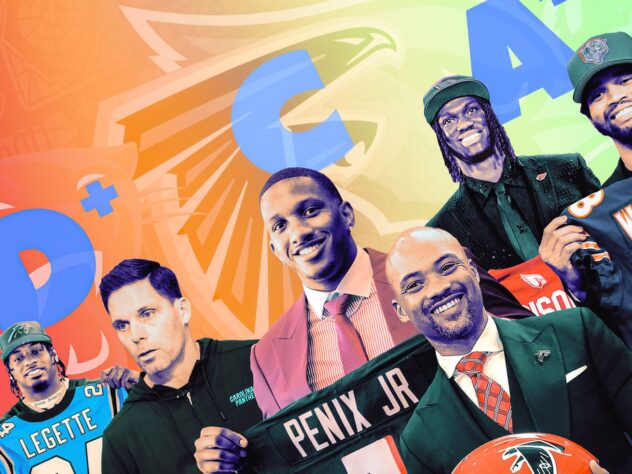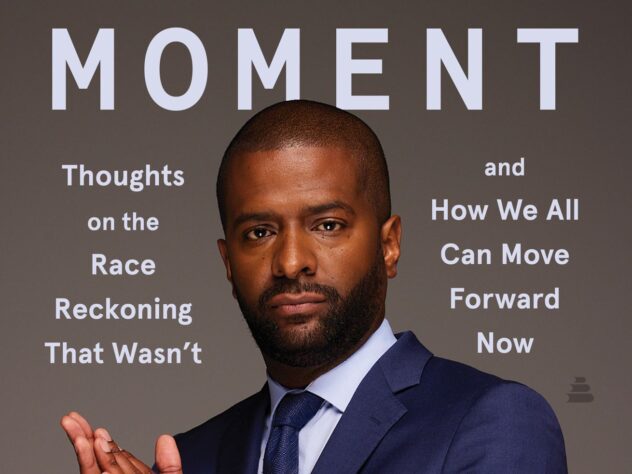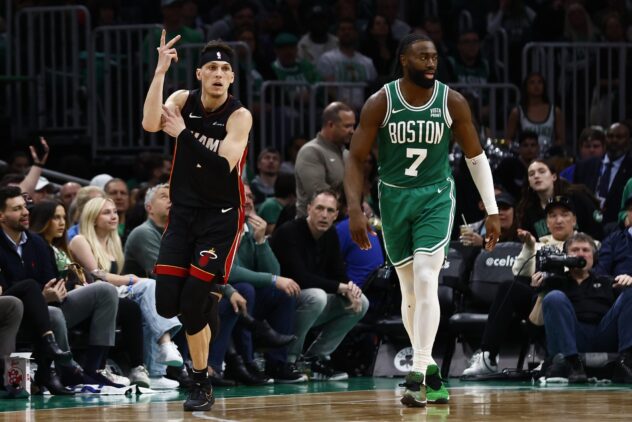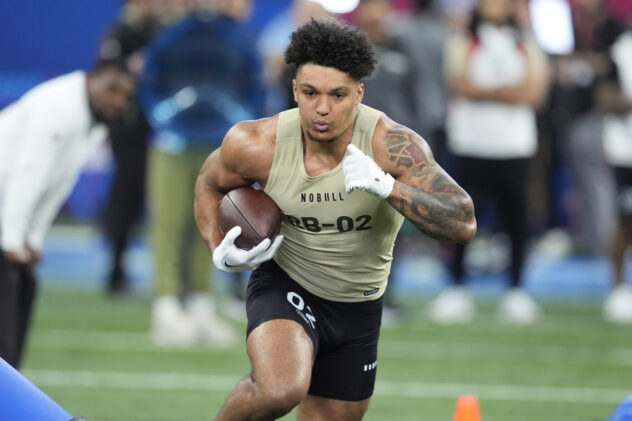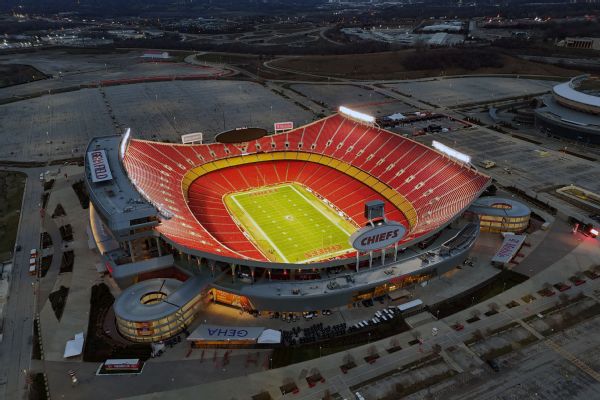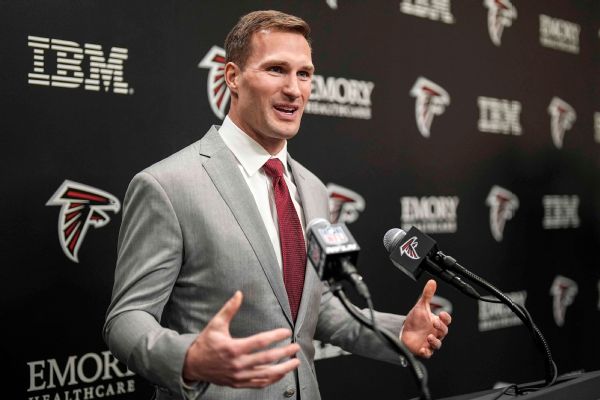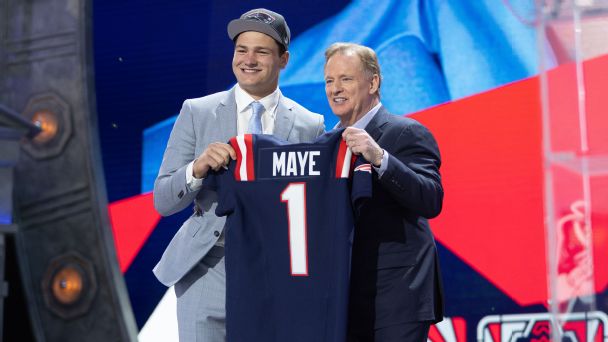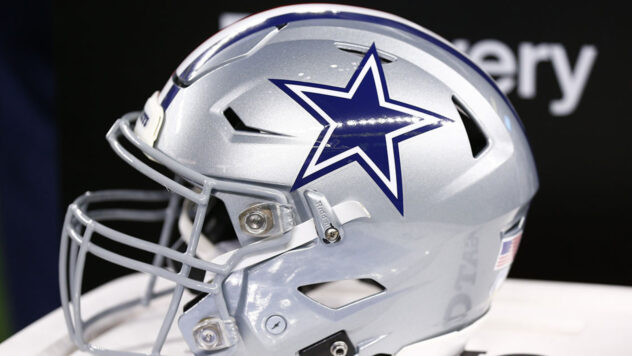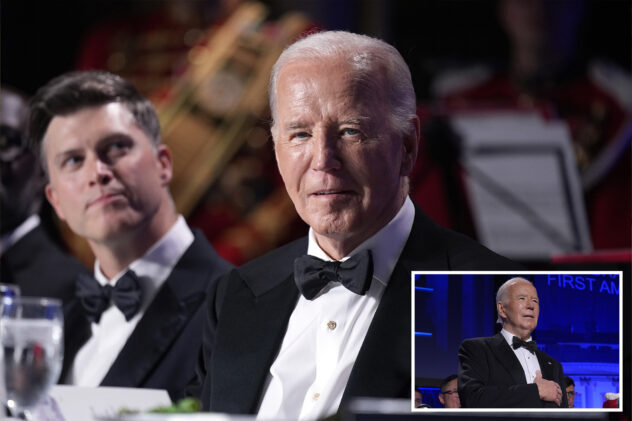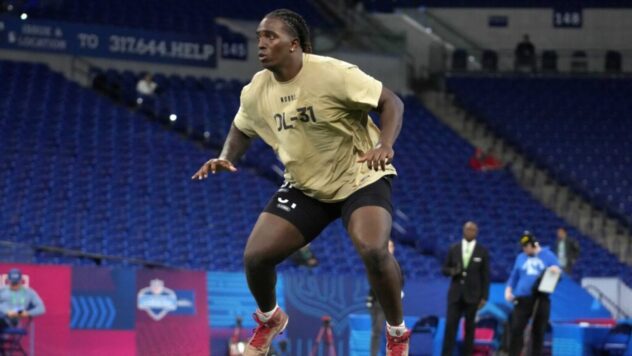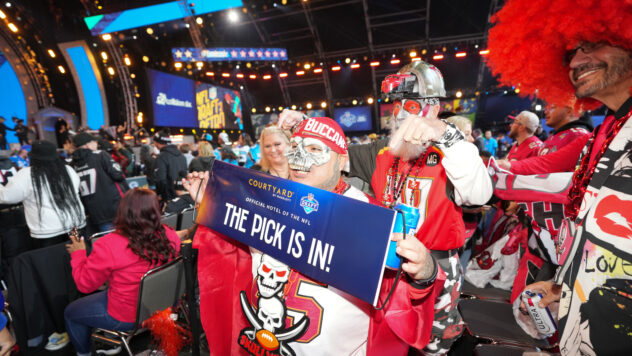Winners and Losers of the NFL’s Franchise Tag Deadline
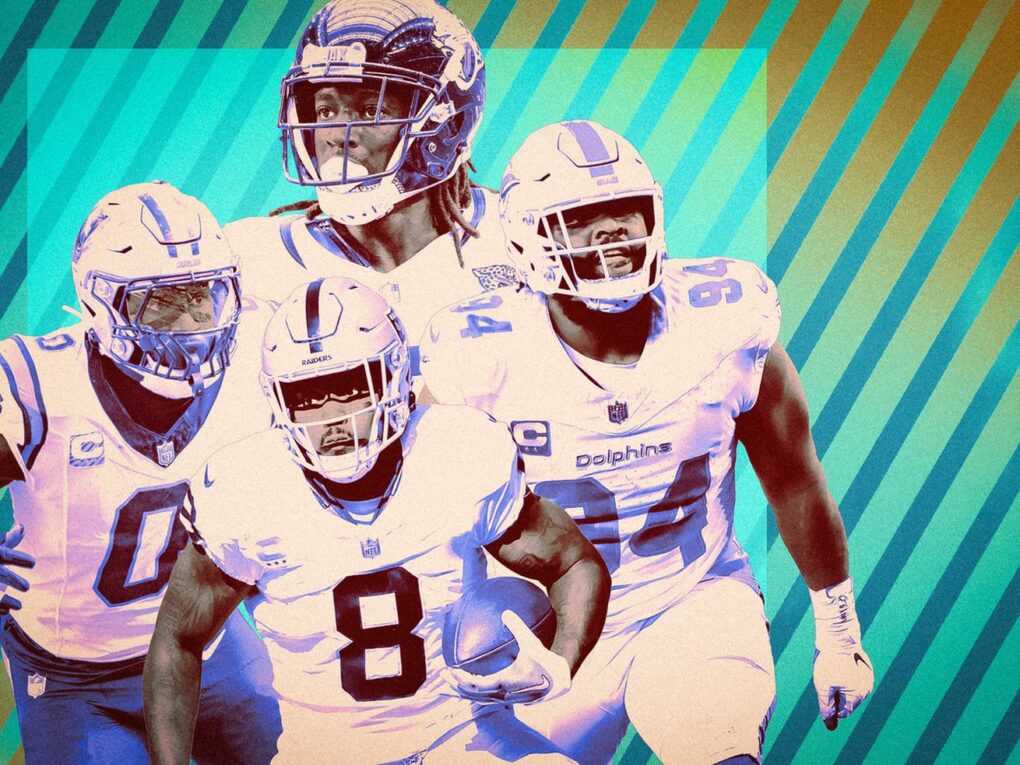
Nine NFL players received a franchise tag by Tuesday’s deadline. What do those moves mean for free agency? Which untagged players might now cash in? And could the running back market crater once again?
The NFL tag deadline sets the tone for free agency. On Tuesday, nine players received a tag—eight received the most common variety, the nonexclusive franchise tag, and one, New England safety Kyle Dugger, got the rare transition tag. Now come the questions. Will any of the tagged players get shipped elsewhere in a tag-and-trade? And which of the players who weren’t tagged might be able to reset the market at their positions? Don’t enter free agency uninformed. Here are the winners and losers of Tuesday’s tag deadline.
Loser: Running Back Value
The running back market is about to be tested like never before. It hasn’t even been a full year since multiple veteran running backs protested on Twitter and held Zoom meetings in a (very millennial) attempt to wage war on the league for devaluing their position. And now, the position is in the spotlight once again.
No running backs were tagged on Tuesday, a stark contrast to a year ago, when Saquon Barkley, Josh Jacobs, and Tony Pollard each received the nonexclusive tags from the Giants, Raiders, and Cowboys, respectively. Now, each of them will hit the open market, as will Austin Ekeler (who negotiated incentives into his 2023 contract in hopes of getting himself a raise) and longtime Tennessee Titans running back Derrick Henry, who led the NFL in carries last season at age 29. It’s already being billed as the “best class of RBs in free agent history.” But will any of that matter once the negotiating starts? It is indisputable at this point that teams have stopped placing financial value on the position. And that’s not according to just the nerds at PFF; it’s simply how salaries have been trending for a decade.
The NFL salary cap has increased by 92 percent over the past decade (2014 to 2024). The franchise tag number for running backs, which is an average of the top five highest-paid players at the position, has increased by just 25 percent in that span. Every other major offensive or defensive position has seen its franchise number increase by 60 percent or more.
/cdn.vox-cdn.com/uploads/chorus_asset/file/25321112/Screenshot_2024_03_05_at_6.35.24_PM.png)
Yes, that means the league is paying running backs significantly below the growth rate of the salary cap, and now teams like the Giants and Raiders—teams that need good offensive players—are not even willing to pay that number to stars like Barkley and Jacobs in the primes of their careers. Running back value has somehow burrowed through rock bottom.
The pendulum has swung so far in the running-backs-don’t-matter direction that perhaps now Barkley and Jacobs, two first-round picks with years of quality NFL production on their résumés, could be value adds even on the open market. The $12 million ceiling the running back franchise tag creates for average annual contract value might be tough for any of this year’s group of free agents to hit on any one-year deal, let alone a three-year, $42 million extension like the one Jonathan Taylor signed with the Colts last fall. It’s an awful situation for running backs, but the lack of franchise tags on Tuesday means these players are finally going to get a true test of their market.
Loser: The Free Market
Tags stink. First of all, they kill a lot of the hype around any free agent class. Seven of the top 10 players on The Ringer’s list of the top 50 free agents received the franchise tag ahead of Tuesday’s deadline. More important than that, however, is just how unfair the tag is for most players who receive it. Hitting free agency is supposed to be a reward for playing out (and often outplaying) a contract, and the tag is an archaic mechanism that prevents the league’s best players from becoming unrestricted free agents.
For players, there’s probably no way out of this vicious franchise tag cycle. Players who receive it (and subsequently sign it) have to play a year—often in the prime of their career—without the guarantee that they’ll get an opportunity to sign a multiyear contract the following offseason. If a player is tagged and opts not to sign the contract (and doesn’t get an offer from another team for a trade), he can’t play at all (a.k.a. the Le’Veon Bell). Teams can essentially make short-term bets on players in one of the most punishing sports in the world without hesitation. However, it affects such a small percentage of all the players that it’s unlikely to become enough of a priority that the NFL Players Association will be able to get rid of it during collective bargaining.
And in the short term, we all lose. Premier players like Brian Burns and Josh Allen (the one on the Jaguars) and Tee Higgins and L’Jarius Sneed won’t get to see what their true market value is and maximize their income. And we’ll be stuck getting worked up about second-tier players signing big-money deals. You know, guys like …
Winner: Jaguars WR Calvin Ridley
Calvin Ridley may have struck gold on Tuesday when the Colts placed the franchise tag on Michael Pittman Jr. and the Jaguars did the same with Allen, their edge rusher who racked up 17.5 sacks last season. Those moves, combined with Cincinnati’s decision last week to tag Higgins and Mike Evans’s choice on Monday to sign a new contract to stay in Tampa all but guaranteed Ridley’s spot atop the free agent wide receiver market this offseason. Two years ago, the Jaguars paid a premium for Christian Kirk in free agency, and now it could be Ridley’s turn to cash in. He didn’t have the monster season many expected him to with the Jags in 2023, in his first year back after serving a yearlong suspension for gambling, but he’s still head and shoulders better than the rest of the receivers who will hit the market next week.
Arizona Cardinals wideout Marquise Brown is next in line after Ridley in The Ringer’s free agent rankings. But the 26-year-old speedster never flourished as a true WR1 with either the Ravens or the Cardinals. The other receivers who will hit the market next week also come with questions. Some, like Odell Beckham Jr., Michael Thomas, and Tyler Boyd, are over or approaching 30, and others, like Darnell Mooney, Gabe Davis, Kendrick Bourne, or Curtis Samuel, have failed to show they can be a consistent top option in an offense.
Loser: Carolina Panthers
Carolina keeps getting rid of its star players. Christian McCaffrey is long gone, traded to San Francisco in 2022. The Panthers traded away top wideout DJ Moore as part of a larger move to acquire the no. 1 pick to draft quarterback Bryce Young last offseason. And now the Panthers brass are all but pushing pass rusher Brian Burns out the door.
Burns, who will turn 26 next month, is in the prime of his career and fits the definition of a player teams usually jump at the opportunity of extending well before their rookie contract expires. Instead, the Panthers placed the franchise tag on Burns, and rather than continuing to negotiate a long-term contract with him through the July 15 deadline, they reportedly stopped all talks completely. This is after the Panthers declined a trade offer from the Rams for Burns at the 2022 trade deadline that reportedly included two future first-round picks. Carolina essentially acknowledged Burns was one of the league’s brightest stars when it declined that offer yet has failed to offer him star-player money since. Make it make sense!
The best-case scenario for the Panthers now is to reenter contract negotiations with Burns and work to get a deal done before the deadline. That seems … unlikely. If they’re unwilling to do that, they’ll either have to tag-and-trade Burns, presumably for less than what they could have gotten for him a year and a half ago, or they’ll force him to play this season on the tag and likely watch him walk next year. This is the kind of behavior that keeps bad teams bad.
Winner: Dolphins DT Christian Wilkins
Wilkins is the no. 5 player on The Ringer’s list of 2024 free agents, and he is going to get paid. The 28-year-old defensive tackle avoided the tag on Tuesday and will hit free agency next week as one of the top defensive players available. (Two of the three defensive players above him on The Ringer’s free agent rankings were tagged on Tuesday, as was Ravens DT Justin Madubuike, who was one spot lower at no. 6.)
Wilkins is a high-energy, explosive pass rusher and run defender with multiple years of success with the Dolphins. He’s also proved to be extremely durable, totaling 600-plus snaps in each of his five seasons in Miami. Wilkins is exactly the kind of player that rarely reaches free agency, and when he does, he has the potential to reset the market at his position. And for financial reasons, the Dolphins are going to let him do it! Even with the salary cap spike, the Dolphins are in rough shape in 2024 and are currently among the bottom five teams in cap space going into free agency (at negative–$15 million), according to Over the Cap, making it next to impossible for the Dolphins to fit the $22 million franchise tag for Wilkins on the books. Barring a last-minute multiyear extension, Wilkins will be ditching Miami for the highest bidder in free agency.

